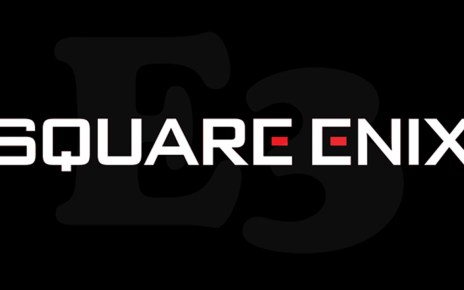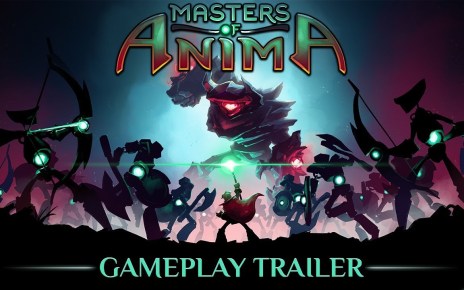We review Empire of the Ants, an RTS where you control armies of ants to defeat enemies such as termites or black ants, while exploring environments in a lush forest.
Author: Fabrice Stellaire
Square Enix Producer Asks Star Ocean Fans to be Patient
You will have to wait before playing Star Ocean 6
Metro Exodus is delayed to Q1 2019
You will have to wait one more year before exploring the underground of Metro Exodus.
Beyblade Burst: Battle Zero is coming to Switch
Get ready to spin with this upcoming new Beyblade game!
Platinum Games Teases a New Action Game
Several Games are being developed by Bayonetta’s developer!
REVIEW: Aviary Attorney
Even birds can be attorneys in this game set in Paris during the 19th century.
IMPRESSIONS: Prismata
A virus has infected robots, and you have to defeat them with cards.
PAX East 2018: Square Enix Lineup and Events
The first-ever North American FINAL FANTASY Trading Card Game (“FFTCG”) Crystal Cup tournament will also take place.
Square Enix creates a new Studio lead by Hajime Tabata
A new studio comes, with new projects and dreams.
Masters of Anima will launch on April 10
Command an army of magical Guardians to defeat Zahr and finally rescue your bride in this adventure-strategy game!
REVIEW: Overgrowth
Can a rabbit defeat cats, dogs and wolves? Let us find out with Overgrowth.
Kirby Star Allies gets new Dream Friends
Kirby always looks for new friends in his adventures.
Assault Gunners HD Edition gets a Japanese Trailer
The remastered edition of Assault Gunners gets new videos!
Cursed Castilla and Super Hydorah Headed to Switch
Face challenging adventures in space and in medieval Spain on the Switch!
Bandai Namco Announces Game Based on Record of Grancrest War
The famous light novel series gets a video game!
Capcom has Shipped Over 7.5 Million units of Monster Hunter World
The latest Monster Hunter game hits a new milestone
Secret of Mana Getting a Major Update in March for PS4
Secret of Mana is getting an important update that fixes major bugs.
Visual Novel Root Letter sold over 400 000 units.
Root Letter has sold over 400 000 units, thanks to an intriguing story.
Hokuto ga Gotoku Gets Two Gameplay Explanation Videos
The Wasteland has never been more entertaining! Explore the desert and entertain yourself in the city of Eden in those new videos.
Valkyria Chronicles 4 gets a new Federation Army trailer
Learn more about the protagonists of Valkyria Chronicles 4 in this new trailer!



















